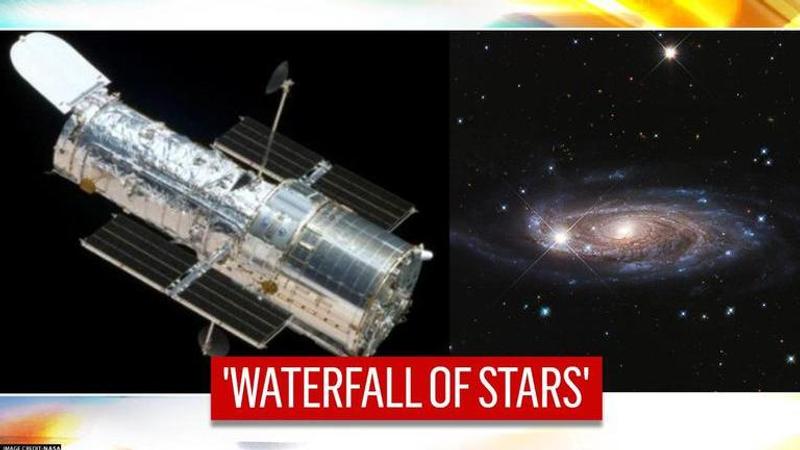Published 15:52 IST, November 7th 2020
Hubble captures 'cosmic cascade' of UGCA 193 galaxy that looks like a waterfall; see pics
“UGCA 193 appears to host many young stars, especially in the lower portion of this view,” NASA wrote about mystical waterfall galaxy.

On November 4, NASA shared a breathtaking image of galaxy UGCA 193, a constellation of Sextans that appears like a waterfall of stars captured by the NASA’s ESA Hubble Space Telescope. Taking to Instagram, NASA’s Goddard laboratory uploaded the photo of the galaxy with a striking blue haze that is known to host umpteen young stars, some bigger than six times the size of the sun. “UGCA 193 appears to host many young stars, especially in the lower portion of this view,” Goddard wrote in the caption, adding, that the mystical galaxy gives the sense that the “stars are falling from above.”
In a release, NASA’s Goddard explained the reason UGCA 193 featured a striking blue waterfall vibrance. “Blue colour of UGCA 193 indicates the stars that we see are hot,” it informed. “We know that cooler stars appear to our eyes as redder, and hotter stars appear bluer,” it further explained. According to NASA, the galaxy gets its colouration based n the mass and surface temperature of stars it constitutes. For instance, according to NASA astronauts, the milky Way looks white, the colour of fresh spring snow some100,000 light-years across.
Stars brightness decided 'galactic hues'
Jeffrey Newman at the University of Pittsburgh said in a research that the scientists at Sloan Digital Sky Survey that measured properties of millions of galaxies and the brightness of its stars that decided galaxies’ hue. As per a report published in Space journal Newman said that red galaxies indicated rarely formed new stars, while in blue galaxies, such as UGCA 193 stars are still being born. According to Goddard, the UGCA 193 ‘cosmic cascade’ colour is linked to heavier stars that are able to “burn at higher temperatures resulting in a blue glow from their surface.” Internet mesmerised at the rare galaxies’ beauty wrote, “Think of each photon that gives us this image is of stars million miles apart.” Another said, “You would think the hotter would be red and the cooler to be blue. Thanks for the insight.”
Updated 15:51 IST, November 7th 2020





